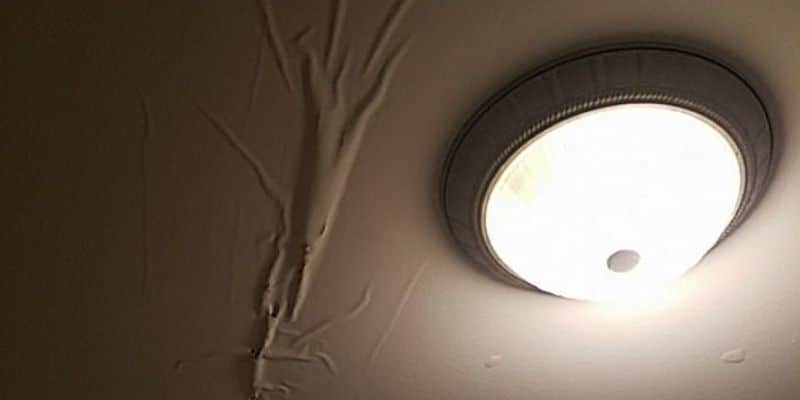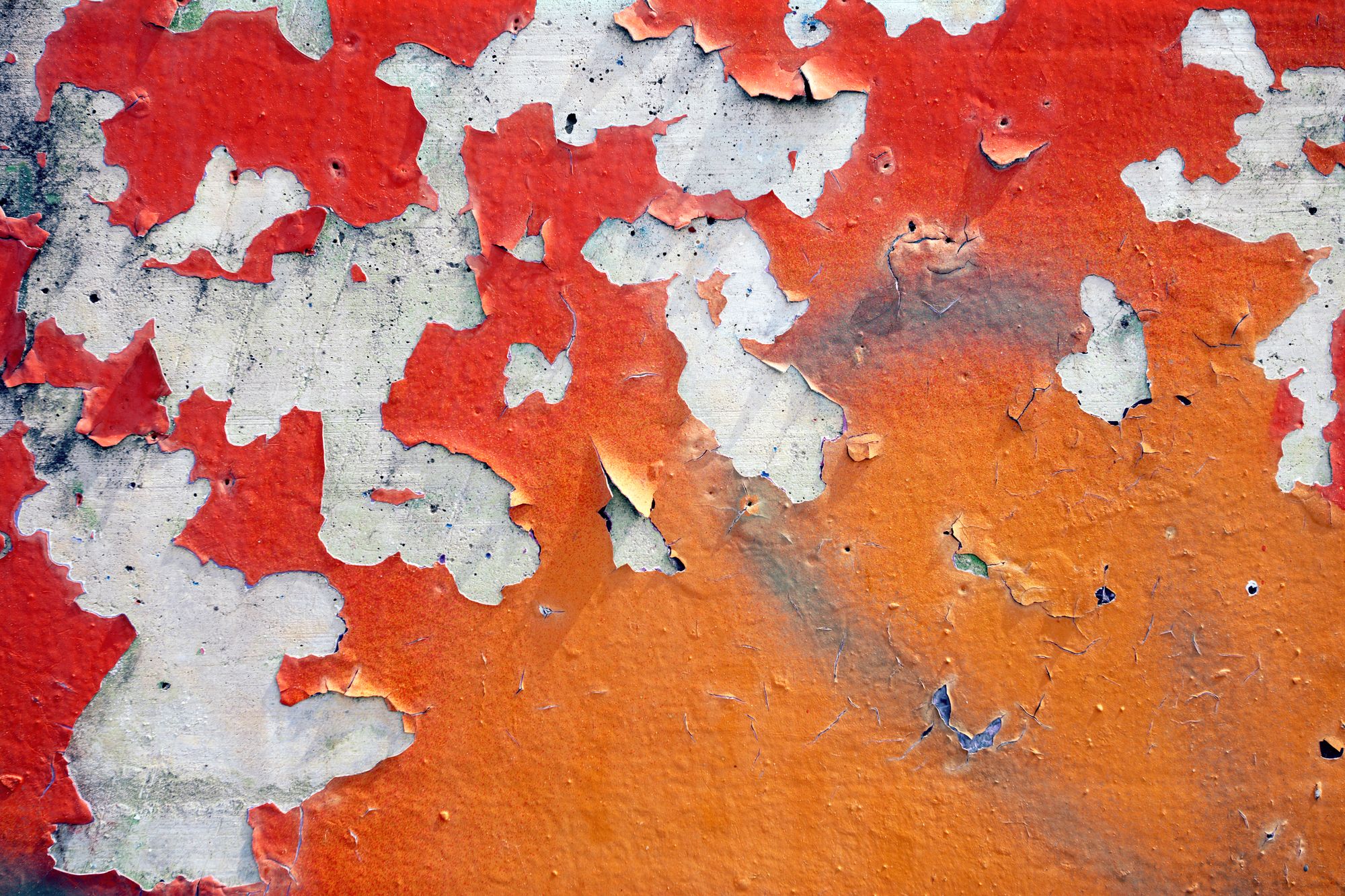Just how do you feel with regards to Indicators of Water Damage Behind Walls?

Water spots on wall surfaces are not pleasant to the eyes. Your home must lack discolorations on the walls, roofing system, or floorings. That is the excellent state of a home and also its structures. Yet, often it seems practically inevitable to experience water spots on walls in houses.
House owners living in moist areas regularly deal with the worry of water stains on walls. With precise and well-rounded details on the causes of water stains and also timely repair procedures, you will always be an action ahead of such events.
3 Typical Causes of Water Spots on Walls
In contrast to popular belief, water spots on wall surfaces do not always come from inadequate structure materials. There are a number of sources of water stains on walls. These consist of:
Poor Water drainage
When making a structure plan, it is crucial to guarantee sufficient drain. This will certainly stop water from seeping right into the walls. Where the drainage system is blocked or missing, below ground dampness accumulates. This web links to too much moisture that you see on the wall surfaces of your structure.
So, the leading root cause of wet wall surfaces, in this situation, can be a poor water drainage system. It can also be because of poor management of sewer pipes that run through the structure.
Moist
When hot wet air consults with dry chilly air, it triggers water beads to form on the wall surfaces of buildings. This occurs in bathroom and kitchens when there is steam from cooking or showers. The water droplets can tarnish the surrounding walls in these parts of your home and infect various other locations.
Moist or condensation impacts the roofing system and wall surfaces of buildings. When the wall is damp, it creates a suitable setting for the development of fungis and microorganisms.
Pipe Leaks
The majority of residences have a network of pipes within the walls. This ensures that the pipes are well away from the reach of harmful rats. It constantly increases the viability of such pipes, as there is little oxygen within the walls. This dissuades rust.
Yet, a downside to this is that water leak influences the walls of the building and also triggers extensive damages. A telltale sign of faulty pipelines is the look of a water discolor on the wall.
Water Stains on Wall: Fixing Tips
When dealing with water discolorations, house owners would typically desire a fast repair. Yet, they would soon understand this is counterproductive as the water discolorations persist. Below are a couple of handy pointers that will certainly direct you in the repair of water stains on wall surfaces:
Pro Tip
A houseplant in your house additionally raises its humidity. So, if your home is currently moist, you may wish to present houseplants with very little transpiration. An instance of appropriate houseplants is succulents.
Final thought
Although no one wishes to have water discolorations on walls in their home, it can occur to the best of us. This short article offers you leverage, as you now know exactly how to handle this accident if it does happen.
It is always best to recruit expert solutions to assist take care of the problems in your house.
Occasionally it appears nearly unpreventable to experience water discolorations on wall surfaces in houses.
Contrary to popular idea, water discolorations on wall surfaces do not constantly stem from poor building materials. There are several causes of water stains on walls. The water droplets can stain the surrounding walls in these components of your home as well as spread to various other locations.
Below are a few handy ideas that will guide you in the repair service of water discolorations on wall surfaces:
How to Remove Water Stains From Your Walls Without Repainting
The easy way to get water stains off walls
Water stains aren’t going to appear on tile; they need a more absorbent surface, which is why they show up on bare walls. Since your walls are probably painted, this presents a problem: How can you wash a wall without damaging it and risk needing to repait the entire room?
According to Igloo Surfaces, you should start gently and only increase the intensity of your cleaning methods if basic remedies don’t get the job done. Start with a simple solution of dish soap and warm water, at a ratio of about one to two. Use a cloth dipped in the mixture to apply the soapy water to your stain. Gently rub it in from the top down, then rinse with plain water and dry thoroughly with a hair dryer on a cool setting.
If that doesn’t work, fill a spray bottle with a mixture of vinegar, lemon juice, and baking soda. Shake it up and spray it on the stain. Leave it for about an hour, then use a damp cloth to rub it away. You may have to repeat this process a few times to get the stain all the way out, so do this when you have time for multiple hour-long soaking intervals.
How to get water stains out of wood
Maybe you have wood paneling or cabinets that are looking grody from water stains too, whether in your kitchen or bathroom. Per Better Homes and Gardens, you have a few options for removing water marks on your wooden surfaces.
You can let mayonnaise sit on your stain overnight, then wipe it away in the morning and polish your wood afterward. You can also mix equal parts vinegar and olive oil and apply to the stain with a cloth, wiping in the direction of the grain until the stain disappears. Afterward, wipe the surface down with a clean, dry cloth. Try placing an iron on a low heat setting over a cloth on top of the stain. Press it down for a few seconds and remove it to see if the stain is letting up, then try again until you’re satisfied. (Be advised that this works best for still-damp stains.) https://lifehacker.com/how-to-remove-water-stains-from-your-walls-without-repa-1849742925

I ran across that blog posting on Water Stains on Walls when exploring the internet. For those who enjoyed reading our post kindly don't forget to pass it around. We take joy in reading our article about How to Find and Repair Water Leaking in the Wall.
Expertise on line!